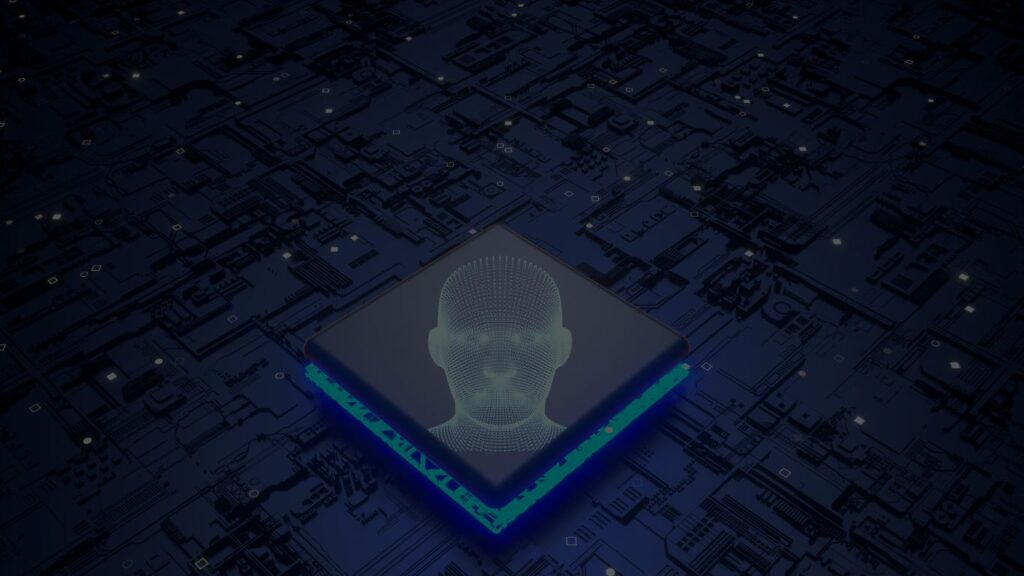In today’s increasingly connected world, artificial intelligence (AI) is no longer limited to powerful cloud servers or high-end smartphones. With the rise of TinyML (Tiny Machine Learning), advanced AI capabilities are now being embedded into tiny, low-power microcontrollers, enabling intelligent decision-making right at the edge—without relying on constant cloud connectivity.
This evolution is reshaping industries such as healthcare, agriculture, smart homes, and environmental monitoring, allowing small devices to process data locally with minimal power consumption, enhanced privacy, and real-time responsiveness.
What is TinyML?
TinyML refers to the deployment of machine learning models on resource-constrained devices, such as microcontrollers and embedded systems. These devices typically have limited processing power (often operating in the MHz range), kilobytes of memory, and low energy consumption. Despite these constraints, TinyML enables devices to analyze sensor data, recognize patterns, and make intelligent decisions—all on-device.
This innovation makes AI more accessible, affordable, and scalable—especially in remote or bandwidth-limited environments.
Why TinyML Matters
Traditional AI systems rely heavily on cloud infrastructure, introducing challenges like latency, high bandwidth requirements, security risks, and dependence on continuous internet access. TinyML solves these issues by enabling on-device inference—meaning the data stays where it’s generated, and decisions are made instantly.
Benefits of TinyML:
- Ultra-Low Power: Runs for months or even years on small batteries
- Offline Operation: Works without internet, perfect for remote areas
- Data Privacy: Keeps sensitive data local
- Low Latency: Enables real-time processing
- Cost-Effective: Reduces data transmission and cloud processing fees
How TinyML Works
The TinyML workflow follows these general steps:
- Train the Model: Using large datasets on a cloud or desktop machine.
- Optimize the Model: Techniques like quantization and pruning reduce size and complexity.
- Deploy to Device: The lightweight model is embedded into a microcontroller.
- Run Locally: The device makes real-time predictions without cloud interaction.
Core Components:
| Component | Role |
|---|---|
| Sensors | Collect environmental data (e.g., sound, motion, temperature) |
| Microcontrollers | Low-power processors (e.g., ARM Cortex-M) that run the AI models |
| Optimized ML Models | Quantized/pruned models suitable for memory-constrained devices |
Key Tools and Frameworks
Several platforms have emerged to support TinyML development:
- TensorFlow Lite for Microcontrollers: Google’s open-source ML library tailored for tiny devices.
- Edge Impulse: End-to-end ML development suite for edge hardware.
- Arduino IDE & Tools: Supports easy TinyML integration with popular microcontroller boards.
- CMSIS-NN: ARM’s library for optimizing neural networks on Cortex-M devices.
- STM32Cube.AI: Converts pre-trained models into STM32 MCU-compatible code.
Popular Applications of TinyML
TinyML is already in action across multiple industries:
| Sector | Use Cases |
|---|---|
| Healthcare & Wearables | Heart rate anomaly detection, fall alerts, ECG analysis |
| Agriculture | Soil moisture sensing, crop health monitoring, livestock gait tracking |
| Industrial IoT | Predictive maintenance, vibration analysis, factory automation |
| Smart Homes | Voice recognition, gesture control, appliance automation |
| Environment | Air quality tracking, wildlife monitoring, weather analysis |
Example:
- A smartwatch detecting arrhythmias in real-time without sending any data to the cloud.
- A forest sensor identifying fire patterns from acoustic signatures using minimal power.
Challenges in TinyML
Despite its promise, TinyML comes with a unique set of challenges:
1. Hardware Limitations
- Memory constraints (usually <1MB RAM)
- Volatility (e.g., SRAM loses data on reboot)
- Limited processing power
2. Model Optimization Needs
- Traditional models are too large—require advanced techniques like:
- Quantization (8-bit weights instead of 32-bit)
- Pruning (removing unnecessary nodes)
- Knowledge Distillation (training smaller models to replicate larger ones)
3. Deployment Complexity
- Updating models on remote devices is tricky due to connectivity and storage limitations.
- Debugging on-device models often requires specialized tools and skills.
The Future of TinyML
As hardware and algorithms evolve, TinyML is becoming more powerful and easier to deploy.
Hardware Innovations:
- Next-Gen AI Chips: Companies like Ambiq, Syntiant, and GreenWaves are building custom micro AI accelerators.
- Neuromorphic Computing: Brain-inspired architectures promise even more energy efficiency.
- MicroNPUs (e.g., Arm Ethos-U55): Achieve massive ML performance uplift on tiny chips.
Software & Ecosystem Growth:
- AutoML for TinyML: Simplifies model design and deployment for non-experts.
- Federated Learning: Devices train models locally and sync updates—no raw data leaves the device.
- Privacy-Preserving Techniques: Tools like Differential Privacy and Homomorphic Encryption keep user data safe.
Global Impact:
- Democratizing AI: Enables low-cost AI in developing regions, especially for agriculture, education, and healthcare.
- Sustainability: Ultra-low-power AI supports long-term environmental monitoring.
- Developer Accessibility: Platforms like Edge Impulse and Arduino make TinyML easy to learn and use.
Conclusion
TinyML is not just a smaller version of traditional AI—it’s a smarter, more adaptable, and more responsible form of intelligence. By bringing AI to the edge, TinyML empowers billions of devices to make fast, secure, and intelligent decisions independently.
Whether it’s helping a farmer improve crop yield in a remote village, alerting doctors to early signs of disease, or conserving wildlife in inaccessible forests, TinyML is paving the way for a smarter, more sustainable, and more inclusive technological future.






